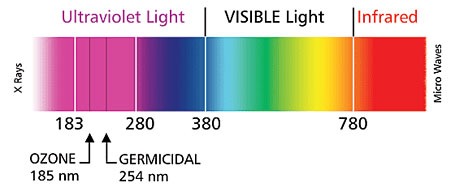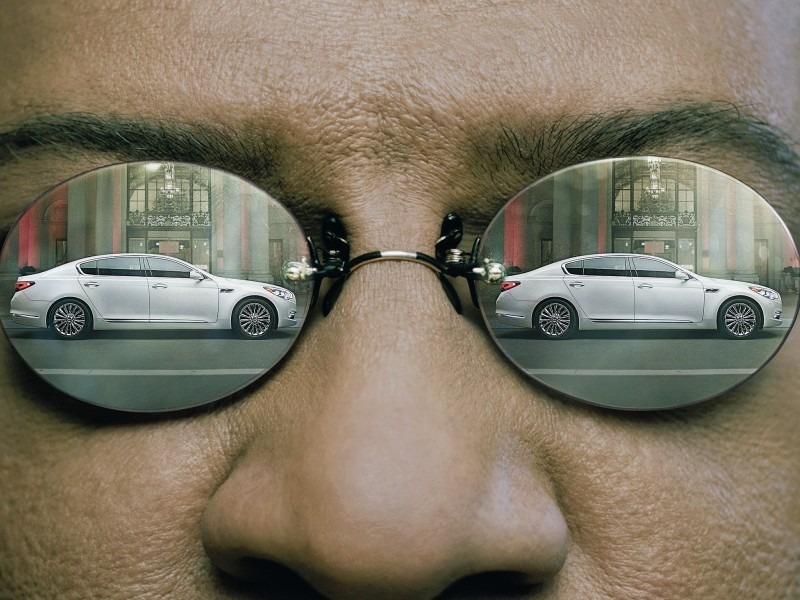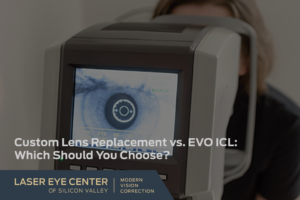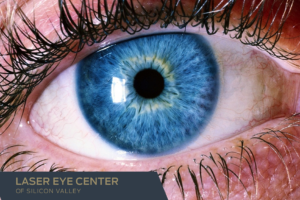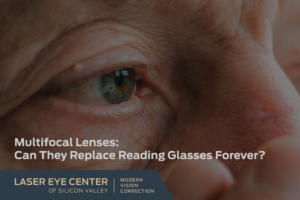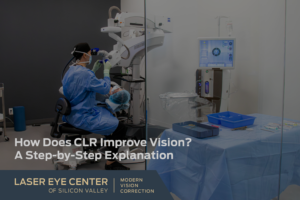Lots of people wear sunglasses because they are trendy. They focus on appearance or brand name rather than UV protection, and that can be dangerous. Because studies show that people don’t protect their eyes from the sun nearly enough.
There is no reason you can’t pick a good looking pair of sunglasses, but you should also make sure that they contain the proper UVA and UVB protection. From polarization and risk factors to radiation and design, here is what you need to know about sunglasses:
UV Protection
Ultraviolet (UV) rays are the spectrum of light past the visible range that we can see. UV rays are usually broken down into three categories: UVA, UVB and UVC. When you buy sunglasses, it is important to make sure that they are 100% UVA and UVB protected. UVC rays are mostly absorbed by the ozone layer, but as that breaks down, we will become more and more at risk!
Location
The sun shines down everywhere, right? Not necessarily. The danger of sun damage can increase depending on your location. UV levels are higher around the earth’s equator, and may vary drastically even within the same country. The higher the elevation, the greater the risk. And the environment plays a role too. Highly reflective surfaces like snow and sand make it imperative that you wear sunglasses at all times.
HEV Protection
HEV is an abbreviation for “high-energy visible” light, or blue light. Although HEV rays are not as dangerous as UV rays, they can still cause long-term retinal damage, speeding up the process of age-related macular degeneration (AMD). Check to make sure that your sunglasses absorb HEV rays (most UVB protected sunglasses do).
Risk Factors
There are personal risk factors that can make you more susceptible to sun-induced eye damage. Medications such as tetracycline, sulfa drugs, birth control, diuretics and tranquilizers increase your sensitivity to harmful light. Eye conditions such as cataracts, AMD and retinal dystrophy can also place you in greater risk. When in doubt, consult with an optician to determine what kind of sunglasses are right for you.
Polarization
Polarization is the reflective coating on sunglasses that reduces glare from other objects, (water, snow, glass, etc.). Some sort of polarization or anti-reflective coating is always a good idea, but many people are at risk because polarized lenses or not otherwise protected. Cheap sunglasses with polarized lenses are often not treated for UV protection, which means harmful light is passing through. Your eyes feel protected, but they are definitely not.
Children At Play
The damage caused by sunlight is cumulative, which means that you should start protecting your children from sunlight at an early age. Children are outdoors more often than adults, but are much less likely to wear sunglasses. In fact, studies have shown that more than half of your unobstructed exposure to UV light occurs before you are 18 years old. With this in mind, purchase good sunglasses for your children. Wrap-around frames will better block sunlight coming in from the side, and flexible lenses will be less likely to break.


